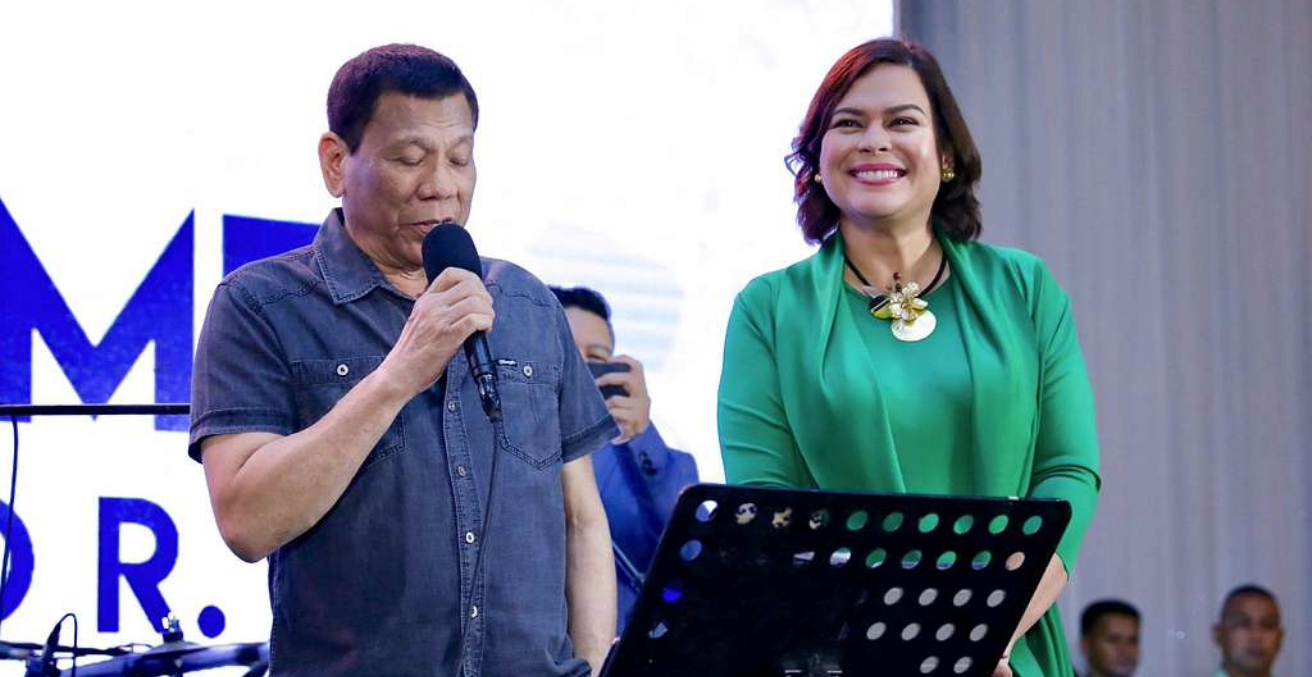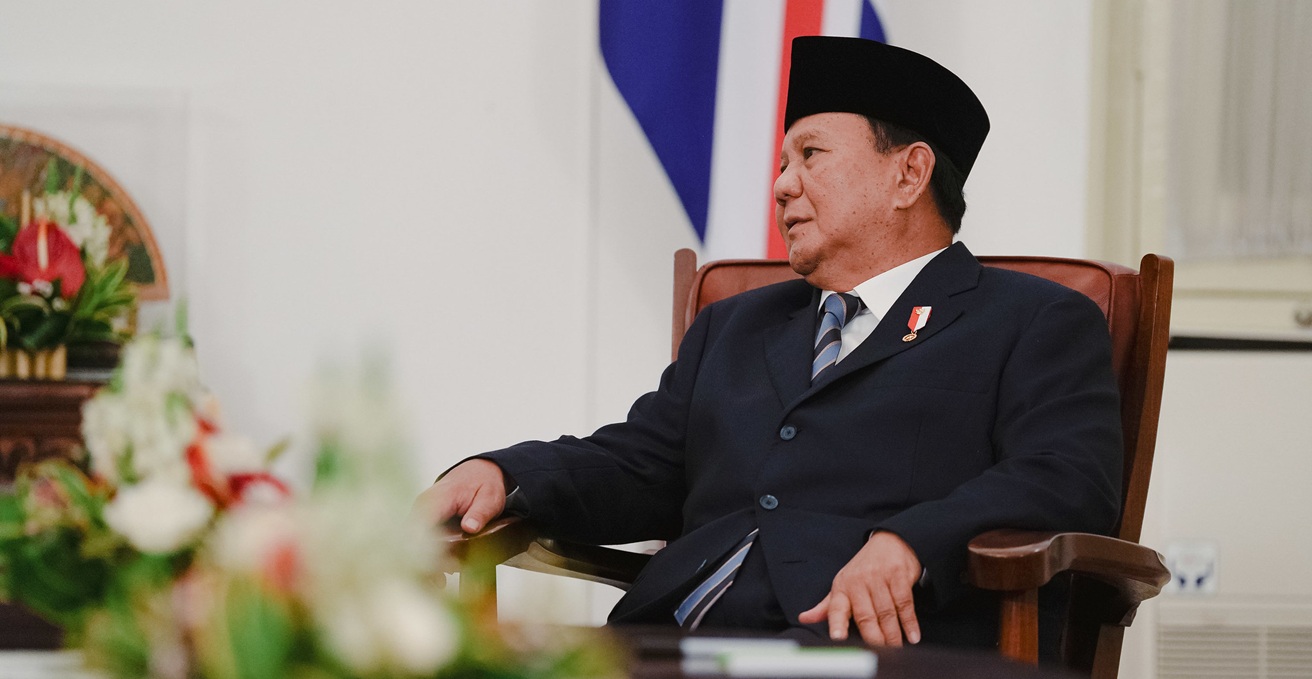Misleading entertainment visuals on TikTok are more potent than hate speech content, making misinformation and disinformation harder to identify. The effect is subtle yet powerful.
Governments worldwide have banned TikTok due to concerns about propaganda, hate speech, manipulative content, provocative campaigns, harm to children, threats of terrorism, data privacy, and possible access to government information. At least 34 countries have banned or are banning the popular video-based platform, which currently has over a billion users worldwide. The United States, the second country with the most users, has banned TikTok for data security concerns, worrying that its China-based parent company ByteDance will share data with the Chinese government and use it to influence the US election.
Indonesia, a country with the most significant TikTok users at 127 million, banned TikTok Shop due to the violation of e-commerce law. TikTok Shop is a feature that allows brands and producers to sell their products directly without having to leave the app. The ban was applied during the presidential campaign in October 2023 by the Indonesian Minister of Trade, who is also the head of the political party that supported the winning candidate. By December, the ban had been lifted, just as the presidential candidate debates began. In the 2024 Indonesia election, TikTok was the most powerful platform in helping president-elect Prabowo Subianto win his campaign.
As one of the main communication channels today, social media plays a vital role at election time by creating attention, shaping perception, setting policy agendas, and targeting voters. Throughout 2024, as elections take place worldwide, TikTok has become a primary outlet for many candidates to reach new and existing audiences.
What makes information on TikTok different from other platforms?
There are at least three reasons why information on TikTok is more impactful than on other platforms. First, this video-based platform is more engaging than other social media platforms. According to the Digital 2024 Global Overview Report, the average time a user spends on TikTok is 34 hours per month, followed by YouTube (28 hours), Facebook (19 hours 47 minutes), and WhatsApp Messenger (17 hours). The same report mentioned that, compared to other platforms, people mostly go to TikTok to look for funny or entertaining content (80 percent), which is what most people do to fill in the time.
Second, compared to other platforms, TikTok attracts more young people. In the United States, 63 percent of users are teens and around 58 percent of them access the platform daily. Around 17 percent of these users say they are almost constantly on the App. A Google study found that 40 percent of Gen-Z in the US now use TikTok for searching the internet, yet the top results often contain misinformation.
Third, the multimodal nature of the visual content can be absorbed quickly, keeping memory retention longer for opinion formation. On TikTok, the easily absorbed visual is combined with the ease of changing videos with a thumb swipe, making viewing effortless and passive. Visuals, especially “image bites,” are more effective than verbal messages in shaping voter opinions and enhancing factual recall. Because visual information is processed more directly and effortlessly on TikTok, it is perceived as precise, and integrated more effectively into memory. However, this effectiveness also has a downside: misleading visuals can generate false perceptions due to the “realism heuristic,” where people view images and audio as more representative of reality than text. Such video-based platforms are compounded by a “fluency” effect, where familiar visuals, such as deepfake videos of well-known figures, are more readily accepted as accurate, regardless of their accuracy, thus amplifying the challenge of combating misinformation.
TikTok’s impact and disinformation
On TikTok, the algorithm tends to show more content from the liberal political spectrum–such as #blacklivesmatter, #woke, or #policereforms–sharpening polarisation and conservative ideas, and is more likely to create eco-chambers than open discussion. In Russia’s invasion of Ukraine and Israel’s war on Gaza, TikTok allowed propaganda narratives to circulate, creating a polarization between the far left and pro-Palestine youth and other voices. Users shared videos, updates, and opinions based on unverified information they found across platforms.
In Indonesia, content about Russia on TikTok is often manipulated. For instance, creators frequently pull videos from Russian Telegram accounts without verifying the content. They frame the content narratives with a pro-Russian bias using specific titles, narratives, music, or hashtags and share videos with unclear sources, leaving viewers to conclude that stories and messages are based on their biases. They also connect the information to unrelated events to often delegitimise government decisions, for instance drawing comparisons to issues like the Israeli occupation of Palestine and US war crimes in Afghanistan.
In at least two elections in Southeast Asia, TikTok played a significant role in reshaping the public image of presidential candidates, particularly by glossing over their controversial pasts. For example, in the Philippines, the narrative around Ferdinand Romualdez Marcos Jr.’s wealth shifted from being a symbol of corruption to being portrayed as the result of his legal career. Similarly, in Indonesia, Prabowo Subianto was reimagined on TikTok as a humorous, fatherly figure, a far cry from his involvement in the 1998 kidnapping of activists. This strategic use of “infotainment” disinformation contributed to Marcos Jr.’s and Prabowo’s electoral victories.
Prabowo’s supporters dubbed this approach “creative politics,” a strategy that avoids the overt toxicity of traditional hate speech campaigns. Instead, disinformation wrapped in entertainment is more readily accepted, subtly embedding new narratives with less resistance. For instance, videos about Chinese workers and investments in Sulawesi’s nickel mining areas have presented themes of local pride or admiration for Chinese workers, starkly contrasting with environmental NGOs’ warnings about ecological destruction, displacement of Indigenous communities, and rising health issues. This narrative underscores the potent impact of TikTok’s ability to shaping public perception and discourse.
We must also be aware of misinformation and disinformation related to non-political issues, such as products and brands, health education, conspiracy theories, and humanitarian aid. The total reach for TikTok ads in the US is 148 million users, and in Indonesia, it is 126.8 million users. Indonesia, has become the largest market for TikTok’s shop, with around 18 percent of the advertising audience aged 18-24. Influencers who sell beauty products, skincare, clothing, and kitchenware play significant roles in creating content and attracting engagement. TikTok set a standard for posting FYF content (for your feed), such as promoting weight loss or cosmetic surgery.
TikTok’s unique blend of entertainment and visual appeal has positioned it as a powerful tool for shaping public opinion, becoming as a result fertile ground for disseminating disinformation. Such subtle and engaging content is often presented as seemingly innocuous, yet as evidence emerges, the threat to the integrity of democratic processes worldwide is real. As TikTok continues to influence a range of political landscapes, governments, civil societies, and publics, people must remain critical with the light and entertainment-heavy content on the platform, especially when it comes to politics and government policy. The battle against disinformation is about combating harmful content and fostering a more informed and discerning public capable of navigating the increasingly blurred lines between entertainment and reality.
Ika Idris is Associate Professor of Public Policy & Management, Monash University, Indonesia, as well as Co-Director of the Data & Democracy Research Hub. Ika is the co-author of Misguided Democracy in Malaysia and Indonesia: Digital Propaganda in Southeast Asia.
This article is published under a Creative Commons License and may be republished with attribution.




